Scott and Dan hit up the comics racks from 35 years ago…
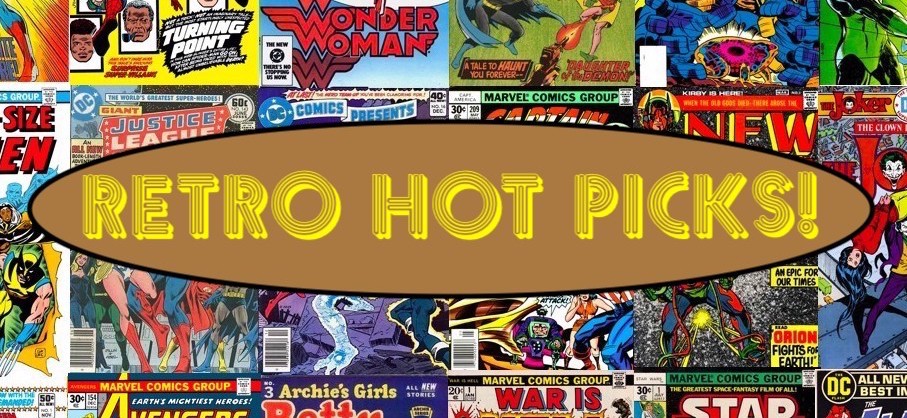
This week for RETRO HOT PICKS, Scott Tipton and I are selecting comics that came out the week of Jan. 8, 1990.
Last time for RETRO HOT PICKS, it was the week of Jan. 1, 1964. Click here to check it out.
(Keep in mind that comics came out on multiple days, so these are technically the comics that went on sale between Jan. 4 and Jan. 11.)
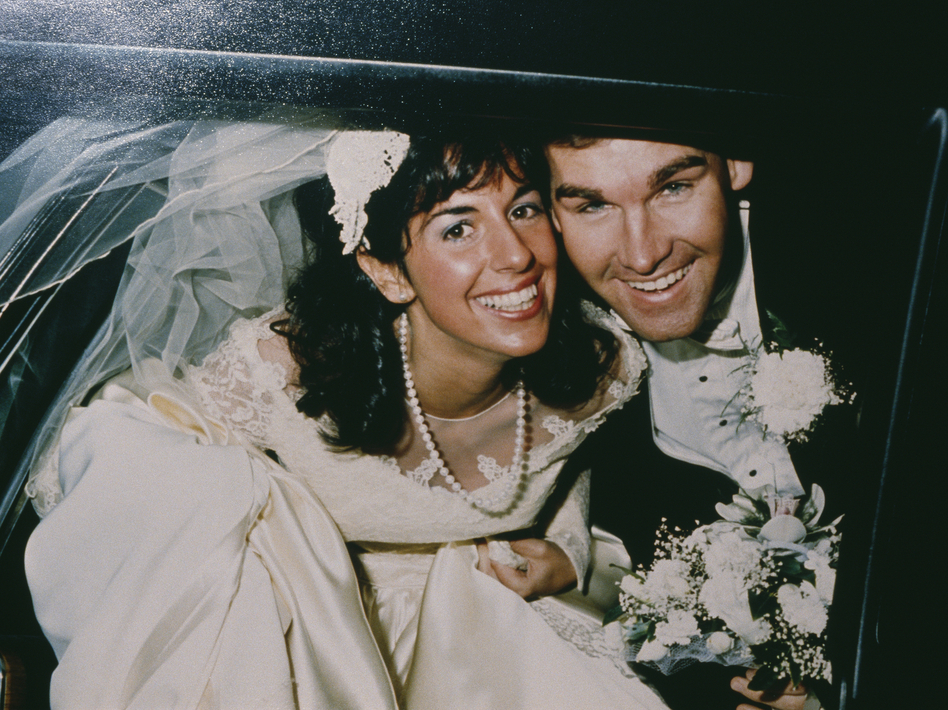
So, let’s set the scene: In a case that garnered national headlines, the city of Boston was reeling in the aftermath of the revelation that Charles Stuart, an upper middle-class white man had murdered his wife, Carol, and their unborn child, the previous October — but had blamed the crime on a black carjacker who did not actually exist. Stuart’s wife Carol (nee DiMaiti) was shot in the head and Charles Stuart was shot in the stomach (by himself, it turned out).
Stuart told cops he and his wife were on their way home from birthing classes when they were carjacked. The incident resulted in a massive manhunt, heightened racial tensions, the arrest of an innocent man, a substantial increase in police stop-and-frisk tactics in Black areas, and calls for the reinstatement of the death penalty in Massachusetts.
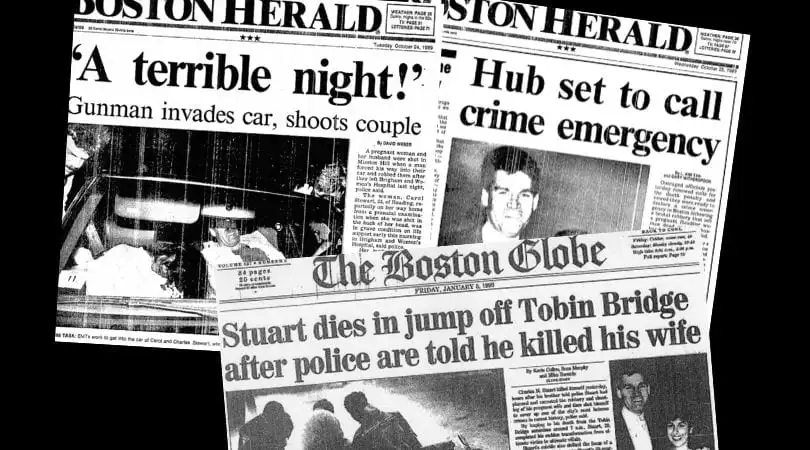
Finally, on Jan. 3, Stuart’s brother Matthew spilled to the police that Charles Stuart was the perpetrator and was looking to score a life insurance payout. Matthew, who helped Charles with the scheme, insisted he didn’t know Carol would be murdered. On the morning of Jan. 4, Stuart jumped from the Tobin Bridge in nearby Chelsea, plunging into the Mystic River, killing himself.
IN OTHER NEWS

— The U.S. had Panamanian strongman Manuel Noriega in custody after he surrendered to American forces Jan. 3. Noriega, who attempted to seek asylum in his own country, ultimately gave up, in part, because the U.S. military blasted ear-splitting hard rock for three days — including, evidently, Van Halen’s Panama — outside his hideaway.
— On Jan. 10, the Chinese lifted martial law, which had been imposed in response to the 1989 Tiananmen Square massacre.
— The Leaning Tower of Pisa was closed to the public Jan. 7 because it was leaning too far.
—On Jan. 11, Indiana’s Bobby Knight became the winningest coach in Big 10 men’s basketball history. His record has since been surpassed, but that’s OK. He still holds the record for College Basketball’s Biggest Asshole, which was clearly more important to him.

The top film at the box office was Oliver Stone’s Born on the Fourth of July, starring Tom Cruise in his first role where he didn’t play a version of his public persona. It’s perhaps the director’s best, most sincere movie. But remember: Buffalo Springfield’s For What It’s Worth was only in the trailer. Other hits included Driving Miss Daisy, The War of the Roses, National Lampoon’s Christmas Vacation, and Tango & Cash.
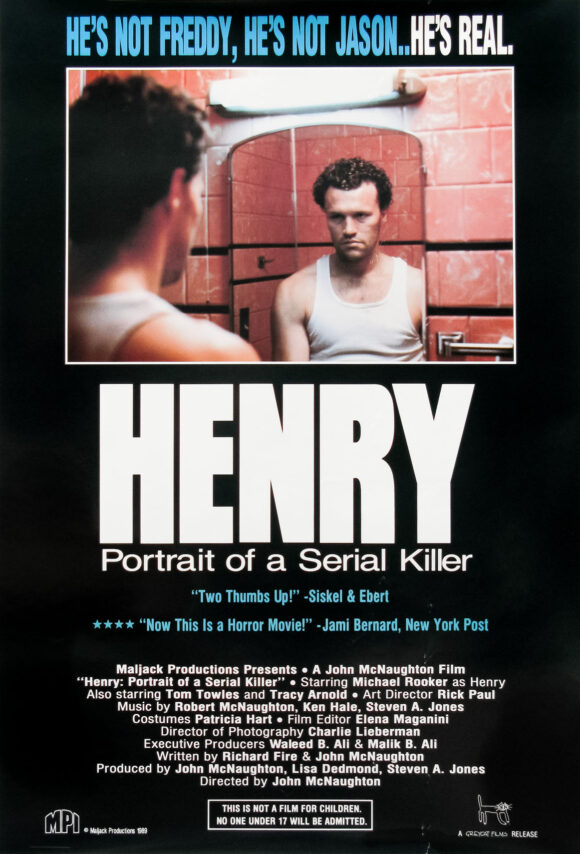
In art houses, there was also the newly released Henry: Portrait of a Serial Killer, starring Michael Rooker in his film debut. The film had been making the rounds on the festival circuit since 1986. To this day, it’s one of the most terrifying movies I’ve ever seen.
The most popular TV shows were the usual suspects: Roseanne, The Cosby Show and Cheers. But America’s Funniest Home Videos, which premiered as a special the previous fall, was set to become a weekly show on ABC on Jan. 14. It presaged the viral video revolution and an inexorable coarsening of our culture.
At this point in my life, I hardly listened to Top 40 music. The No. 1 song was Phil Collins’ Another Day in Paradise, followed by Janet Jackson’s Rhythm Nation. At No. 3, was Pump Up the Jam, by Technotronic featuring Felly, which, while ridiculous, at least had kitsch value.
The greatest indictment of the state of music was that the top-selling album was Girl You Know It’s True — by German pop duo Milli Vanilli. Questions were already emerging that Fab Morvan and Rob Pilatus didn’t actually sing, but were lip-synchers. By the end of the year, the hoax was definitively revealed — one of the biggest scandals in music history.
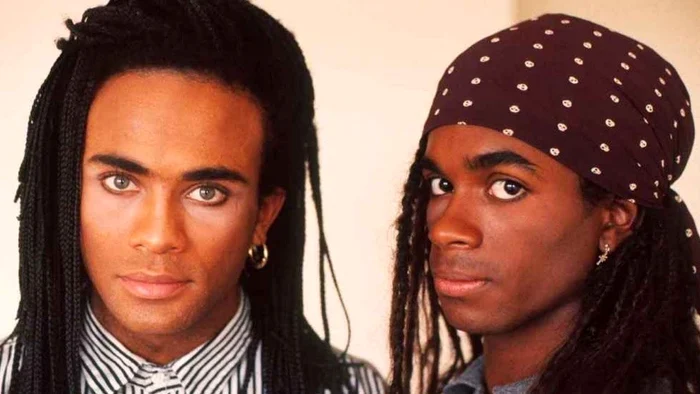
We hadn’t met yet, but my future wife Wendy was probably spending most of her time listening to the Pixies’ Doolittle, while I was alternating between Danny Elfman’s Batman soundtrack and trying to convince myself that the Rolling Stones’ Steel Wheels was a legitimate successor to 1972’s Exile on Main Street. (It wasn’t.) All three albums came out in ’89.
Outside there’s a boxcar waitin’. Outside the family stew…
—
Scott Tipton, contributor-at-large, 13th Dimension
New Mutants #87, Marvel. First appearance of Cable! Who is he? They wouldn’t explain that for years, if I recall correctly.
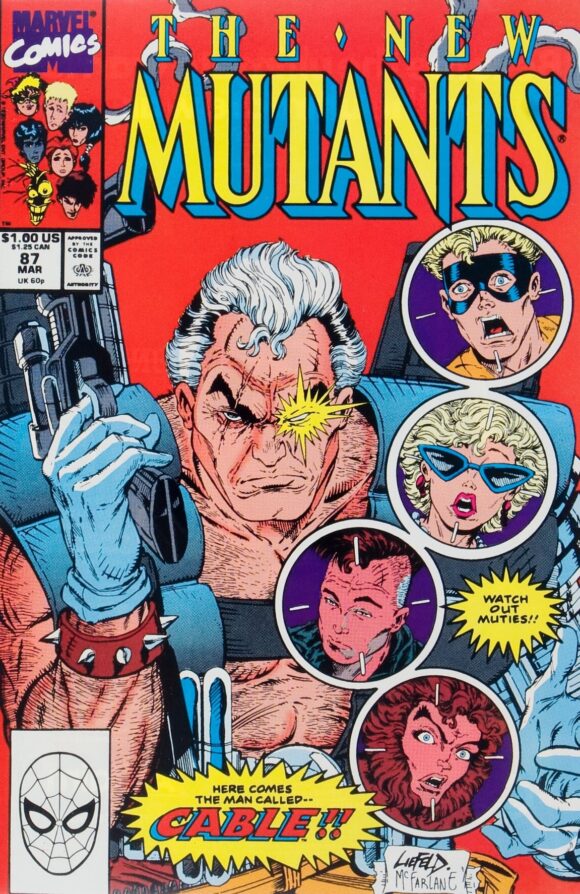
—
Avengers Spotlight #30, Marvel. This would lead to an unfortunate period in which Hawkeye would walk around in really unwieldy-looking armor.
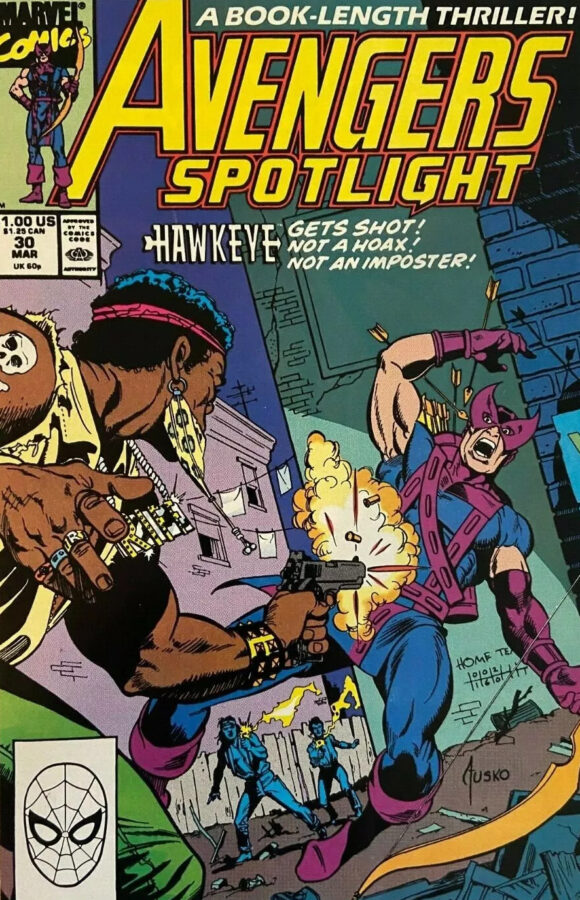
—
Wolverine #22, Marvel. Apparently, last month’s issue only offered a fake spore.
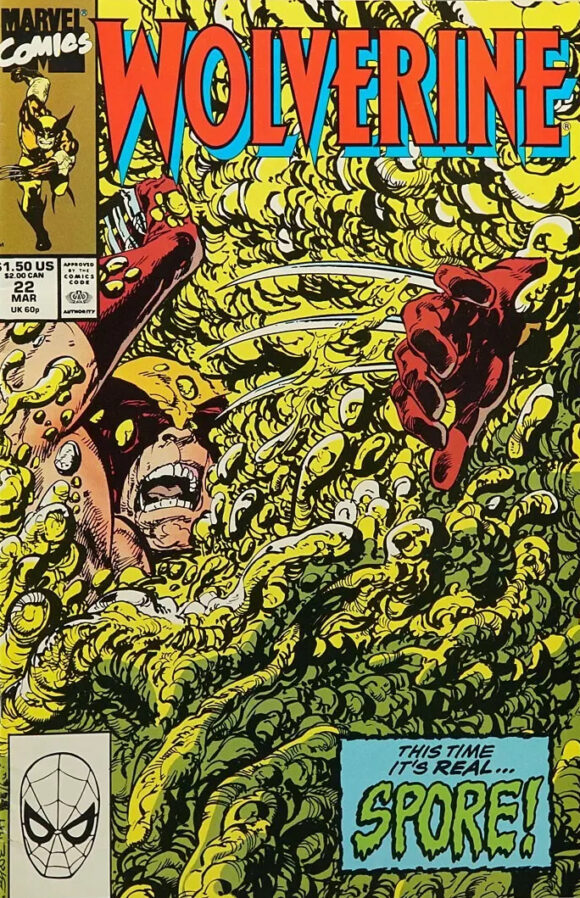
—
Justice League Europe #11, DC. I enjoyed the days when Guy Gardner would guest-star in a series just to get his ass kicked.
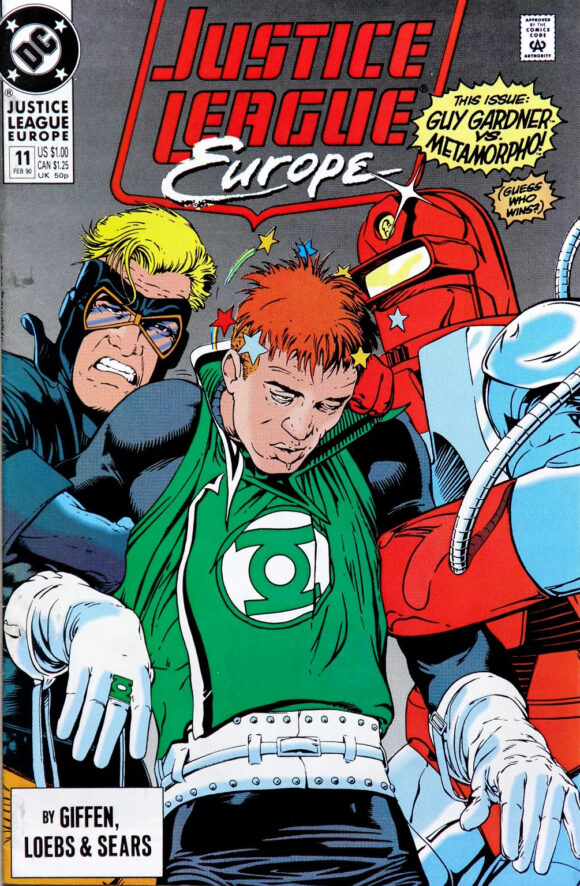
—
Dan Greenfield, editor, 13th Dimension
Legends of the Dark Knight #4, DC. Let me tell you a little story: In the early ’80s, when I was about 13 or 14, my mother really became concerned that I was spending way too much on comic books. It was, to be fair to myself, an overreaction because I actually didn’t buy that many titles, but it was something that got under her skin. She seemed to think I was getting too old for such things and I’d argue, “Mom, it’s not like I’m gonna be reading these when I’m 27! What’s the big deal?” (Ha!)
But I was able to persuade her that my collection had the potential to grow in value and that appealed to her. So she made the suggestion that if I were going to build a collection, I should focus on my favorite character — it was Batman, of course — and get everything he appeared in. This way, I’d have a definitive Batman collection.
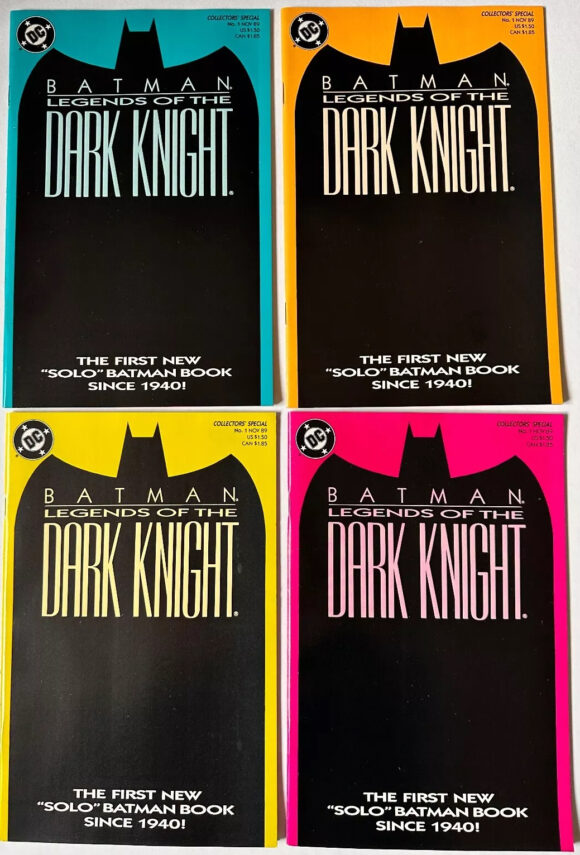
What neither of us counted on was that in 1989 the second Batmania would take over the world; the Masked Manhunter was everywhere and on everything. My latent OCD kicked in, and so I had to have it all. DC itself decided to really capitalize on it and introduce the first new Batman solo book since 1940 — Legends of the Dark Knight, complete with multicolor variant covers for the inaugural issue. Naturally, I collected them all — and was especially turned on by the fact the first story was written by Denny O’Neil and that it took place around the time of Batman: Year One and featured some Mazzucchelli-ish art by Ed Hannigan.
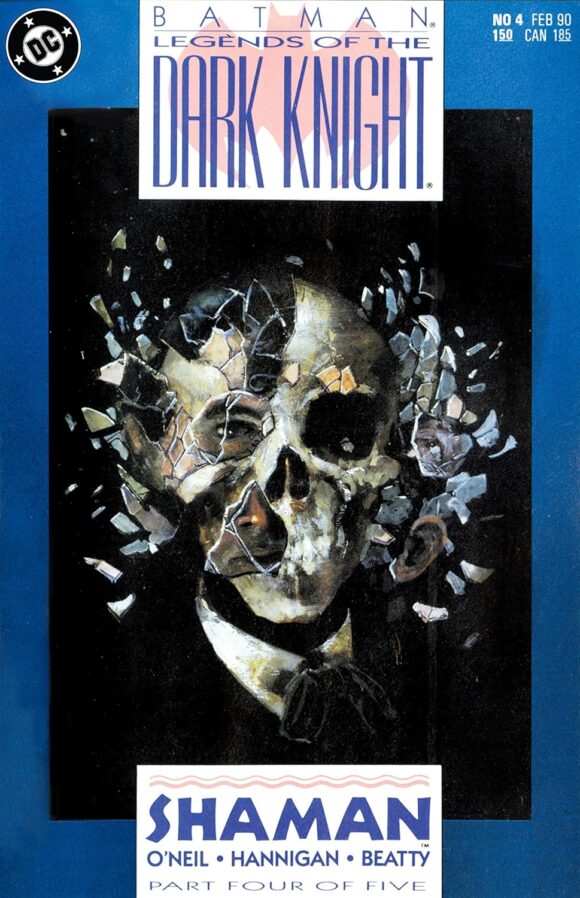
I didn’t love it. But I kept buying it. And I didn’t love the next arc, or the next one. But buy it I did. After a while, even the main Batman and Detective titles were no longer hitting that sweet spot for me, nor were Batman’s 1,000,006 guest appearances in other titles. Nor did Shadow of the Bat when it was introduced in 1992 amid the hype for Batman Returns. It was Batman, Batman everywhere and not a drop to drink.
By the end of 1992, my unread pile of comics was growing ever larger and pretty soon, I called it. Game over. I was done. Burned out. And I didn’t read another comic book for about 10 years, or so.
I call it the Great Hiatus. But in retrospect, I can trace its beginnings to that first Legends of the Dark Knight arc in 1990. (Of course, I came back, stronger than ever, but that’s a story for another time.)
—
Grimjack #70 (First Comics); Cheval Noir #7 (Dark Horse); Elementals #11 (Comico). Requisite reminder that there was a lot of popular stuff out there beyond the Big Two.

—
MORE
— RETRO HOT PICKS! On Sale The Week of Jan. 1 — in 1964! Click here.
— RETRO HOT PICKS! On Sale The Week of Dec. 25 — in 1944! Click here.
—
Primary comics sources: Mike’s Amazing World of Comics, the Grand Comics Database.

January 8, 2025
That was really interesting reading about the lead up to your Great Hiatus, because I went through the exact same thing, around the same time, and Legends of the Dark Knight was also a catalyst for me moving on from comics for about a decade.
For me, it had been building for about a year or so. First it was John Byrne suddenly leaving the Superman titles without (in those pre-internet days) any advance notice. I tried hanging on to the Superman titles for several more months after that, but the magic was gone. Then, not long after, George Perez stopped drawing Wonder Woman. Again, I held on for a few more months, but it just wasn’t the same and I dropped that title, too. Then it was the Death in the Family storyline which, even at 15-years-old, I found to be just depressingly crass and cynical. Then I remember reading the Invasion mini-series. If I remember correctly, it was three issues. I had gotten the three previous big DC crossover event series (Crisis, Legends, and Millennium) and really liked all of them. But by the second issue of Invasion, I was so bored by the story that I never even bought the third issue. That was the first sign that I remember noticing at the time that comics were losing their spell over me.
And then came LOTDK. I guess I was 16 when this came out. I loved (LOVED) the 1989 Batman movie. And I remember it being exciting at the time that the general public was starting to become interested in these characters that I had loved for so long. But I also remember it feeling like DC was learning the wrong lessons from that year’s Batmania. What had put DC on the map again in 1986 was them giving free rein to interesting creators to tell interesting stories in new and innovative ways with their characters. And Tim Burton’s unique vision for Batman seemed in line with that. But apparently DC saw the Batmania excitement as just an opportunity for a massive cash grab. Put anything out there with a Bat logo on it without regard to quality. And LOTDK seemed more representative of that than anything else. I remember being really turned off by the four different covers, again, seeing it as the most blatant, cynical cash grab of all the cash grabs. There wasn’t even any effort to differentiate the covers in any way (like with the two covers for Man of Steel #1); it was the same cover but just in four different colors. But I bought the first story arc anyway and found it so unbelievably mediocre (and at a higher price point!). I couldn’t articulate it then, but in retrospect, it was becoming clear to me that DC (I wasn’t much of a Marvel reader then) was becoming more and more editorial driven. Fewer and fewer stories seemed like they were true passion projects initiated by the creators themselves (like had been the case from about 1986 to late 1988). I was becoming bored.
After visiting Mike’s Amazing World of Comics database, I was able to reconstruct that I finally stopped reading comics altogether in July 1990, so about six or seven months after this first issue of LOTDK was released (which was six years to the month after I had first started reading comics). I still loved the comics medium, but was having more and more trouble finding stories that interested me. At that point in time, there weren’t enough indie comics that interested me that were being published on a regular basis to justify my weekly trip to the comics shop, so I just stopped cold turkey in July 1990, and I didn’t start dipping my tow in the comics pool again until around 1999 or so.
January 8, 2025
I’m a few years older than you Daniel but my journey mirrors yours. I have been arguing for more creator driven stories for decades.
Throw away this idea of continuity now. Just tell good stories. A fan base changes every 4-5 years or at least it used to be like that. Call it Earth-2 or whatever…just tell good stories.
There are markets out there for depressingly dark BATMAN and there’s a market for us Bronze Age fans where BATMAN could still smile and be friends with Superman.
My only exception to your post is “… those pre-internet days”, the internet actually did exist just not to the scale of today. But there were BBS(s) (bulletin board services), fanzines and the rise of the local comic shops. Information was there but just so much harder to find. I kind of miss the “slowness” of how things used to move then whether it was technology or information etc.
Enjoy your morning.
January 8, 2025
I might get some heat for this, but New Mutants NEEDED the introduction of Cable at that point. I love Louise Simonson’s writing, but the never-ending Asgard stuff, dealing with Bird Brain, and those awful costumes… You may choose to like or dislike Liefeld, but that book needed a breath of fresh air.
At the very least, if one hasn’t explored LOTDK, there are some GREAT arcs in that series worth pursuing! The Moench/Gulacy material was classic! “Prey” might be one of my favorite Hugo Strange stories ever told! And the J.M. DeMatteis “Going Sane” storyline is a Joker tale that I feel doesn’t get the attention it deserves!
January 8, 2025
I’m still listening to Doolittle! A lot. It’s easily in my top two of all time (sharing the spot with X’s Los Angeles).
January 8, 2025
I know you are!
January 8, 2025
My great hiatus started in 1988/89. Just graduated college, moved abroad, not enough cash flow to pay for subscriptions (Mile High Comics) I wasn’t able to read. In retrospect it was the perfect time to bail as I mostly missed the speculative boom years and resulting lash back/implosion (no, not you DC implosion of 78).
ps: Still love that era Pixies…and Mixed Emotion is still listenable, but I don’t recall anything else from Steel Wheels…and I have the CD still I believe
January 9, 2025
I think you guys really hit on something with the “Great Hiatus”… I know mine was from about 1992-1996. I was a few years out of college, getting ready to get married and comics just weren’t exciting. Then, Christmas time of 1996 I was reminiscing online about comics and heard of the new JLA launch… I was able to get JLA 1 when released, and my wife helped feed the habit the next several years by buying me comic related merchandise for Birthday and Christmas presents, and by the turn of the century I was in as deep as ever! Is it our common age? Does each generation go through this- or was it the 1990s comics not appealing to our taste from the silver/bronze age? Or Both?
January 9, 2025
>> Does each generation go through this- or was it the 1990s comics not appealing to our taste from the silver/bronze age?
>>>
Interesting question. I’ve thought on this where other media is also concerned such as music. I grew up on Bronze Age but learned about and equally loved Golden and Silver Ages. By the mid-90s of the Modern Era, I was done.
Same with music but in a slightly different direction of learning. I started out liking my parents country of the ‘70s only to learn to love the older ‘50s Rock and especially Elvis. From there I moved to what was my present day late ‘70s and into the ‘80s. By 2000, there wasn’t much “new” I even heard.
For me anyway, seems “new” doesn’t work for me. Just not sure why.
January 11, 2025
The Tiananmen Square fight for democracy, and the subsequent massacre, played out on the nightly news. There was such joy, the students erecting a Statue of Liberty (Goddess of Democracy and Freedom), only to be quashed by brutal militarism. From what I’ve read, the man who stood in front of the tanks was likely captured and executed. Today, censors in the Chinese government have to be taught what the Tiananmen Square massacre was, so they know what to look for when erasing it. It was a profound lesson for any Westerner who takes our own voting rights and democracy for granted. It was a look into the past with no future.
January 24, 2025
My great hiatus was caused by Avengers #300. Having a couple Avengers, half the FF, and one character I’d never heard of (combined with subpar writing) didn’t thrill me. To be fair, a comic book hating GF didn’t help…….